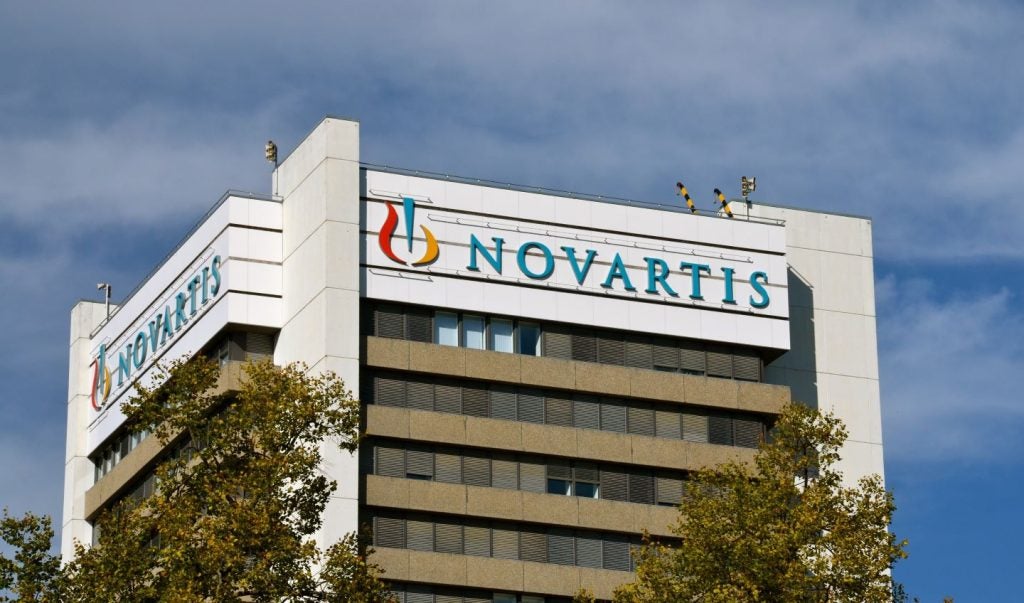As patient organisations play a part in regulatory issues and contribute to health institutions’ guideline development, recent research finds many of these may have financial conflicts of interest (COI) and limited disclosure practices, prompting calls for better transparency.
In 2023, one British Medical Journal Open study exploring the prevalence of financial COI and disclosures among US physicians found that financial relationships within the industry are common among clinical practice guideline authors. In addition, they found there is a failure to accurately disclose information. High-quality and unbiased recommendations are required and the industry needs to place more emphasis on minimising existing COIs and enhance disclosure accuracy.
In 2022, researchers concluded in one study exploring COI and quality of evidence in Japanese gastroenterology clinical practice guidelines that “more rigorous and transparent COI policies for guideline development adhering to global standards are warranted”.
Input from various sources can be common in the pharmaceutical industry. “The nature of NICE’s role in the health system means that we frequently experience pressures from across the health ecosystem and from a multitude of stakeholders,” a spokesperson from NICE told Pharmaceutical Technology Focus.
The role of patient organisations in pharma
“With the evolution of regulatory guidelines, patient advocacy organisations are critical to helping biopharma keep up with changes,” Sharmila Sabaratnam, Senior Director at Veeva Vault Safety Strategy, told Pharmaceutical Technology Focus.
Openness and clear communication are vital in the pharma industry due to the risk of financial COI and limited disclosure practices. “This is why emphasising transparency is important, with explicit disclosure requirements needed to shed light on potential COI,” Sabaratnam added.
For example, regulatory bodies like the EMA stress the need for organisations to disclose their funding sources annually, including public and private contributions. Additionally, umbrella organisations are expected to provide the EMA with a list of member associations, says Sabaratnam, adding that they have to follow a strict code of conduct and publish statutes, funding sources, and activity information on their websites. “These measures aim to promote better transparency and mitigate the risk of any financial conflicts,” Sabaratnam says.
While a NICE spokesperson states the organisation can’t comment on terms of conflicts regarding the industry as a whole, they add NICE has “a clear and robust conflicts of interest policy”. The organisation has a patient and public involvement policy and a public involvement programme. “We keep our policy on declaring and managing interests under review to ensure we continue to take a robust and proportionate approach to declaring and managing interests,” says the spokesperson.
Financial COI and full disclosure are about compliance and building trust. “New guidelines stress the importance of timely safety and public health communication and push for disclosure of clinical trial results and emerging post-market benefit-risk issues to keep the scientific community and the public informed,” says Sabaratnam. Non-compliance puts brand reputation on the line and adds legal risk, highlighting the growing need for transparency.
More regulatory databases such as EudraVigilance, EUDAMED, and Clinical Trials Information System (CTIS) include public drug and device information modules to increase transparency, which aims to bring key stakeholders together to share and access information.
Patient organisations’ relationship with regulations
“The policies on patient involvement have changed drastically over time, and most regulators now require active engagement and input from patients throughout the drug development process,” Sabaratnam adds.
The US Food and Drug Administration (FDA) and the Medicines and Healthcare Products Regulatory Agency (MHRA) now mandate patient enrollment and evidence integration within regulatory submissions. The mandate makes input from patients and the public essential to secure drug approvals, with Sabaratnam recommending the process be formalised and integrated within the drug development life cycle.
Global initiatives, like The Global Patient Safety Action Plan 2021-2023, show a concerted effort towards patient education and engagement. European Medicine Agency’s (EMA) Committee for Medicinal Products for Human Use (CHMP) and the Pharmaceutical Risk Assessment Committee exemplify this shift, Sabaratnam says, by publishing minutes promptly to keep stakeholders informed.
“Patient organisations are not passive spectators but active contributors in regulatory processes, participating in public hearings and committees,” notes Sabaratnam. “Their role is pivotal to reshaping regulatory discourse with informed and inclusive perspectives,” Sabaratnam adds.
Contributions to health institutions' guideline development
“Regulators have wholeheartedly embraced patient organisations, who are now more actively engaged in the guideline development process than ever before,” says Sabaratnam.
These organisations now have a more formalised role, with regulatory bodies integrating patient-centric strategies into their plans using guidance from patient organisations such as the Association of British Pharmaceutical Industry (ABPI) and the European Patients’ Academy (EuPATI).
“The focus is on infusing the patient perspective into the drug development process and leveraging the experience and expertise of these organisations,” Sabaratnam said. Patients represented by these organisations now actively participate in various committees, spanning specialist approval to ethics in clinical research.
Whether conducting preference studies, enhancing safety communication, considering novel medical technologies, or providing real-world evidence, patient organisations significantly contribute to health institutions' guideline development.
Prioritising transparency in patient policies
“Biopharmas [are] realising the heightened importance of safety,” says Sabaratnam. They are now prioritising transparency in enterprise governance while adding clear guidelines and proactive reporting to build trust through engagement with regulators and patient organisations.
“Certain disease areas, like oncology, are leading the way in this area due to their inherent complexity and long treatment timelines,” Sabaratnam notes. The pharma area is adopting new digital tools to increase engagement and provide patient visibility. With patient groups, it's challenging to be fully transparent if two-way communication isn't fostered.
“Digital tools are changing how we share information in biopharma, and more companies are embracing innovation while considering how different communities engage with information,” Sabaratnam details.
“Looking ahead, managing data wisely, and educating patients will be vital for a transparent and patient-friendly future,” says Sabaratnam. “As we aim for more personalised and targeted therapies, active participation and patient engagement will drive better treatment outcomes and healthcare solutions,” she adds.















